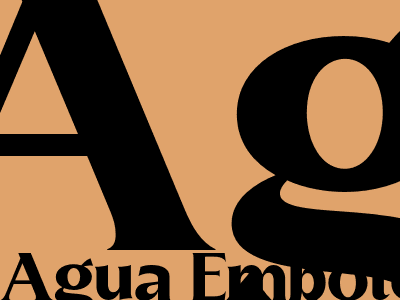
Aqua Embotellada: A Comprehensive Guide to Bottled Water
An Overview of Bottled Water
Bottled water, as it is popularly known, emerged as a convenient alternative to tap water, offering consumers a portable and readily available source of hydration. It encompasses a vast spectrum of water sources, ranging from natural springs and wells to purified and distilled water, all meticulously bottled for distribution to quench our thirst.
The global bottled water industry has witnessed a meteoric rise over the last few decades, propelled by escalating demand for convenient and purportedly purer hydration options. This surge in popularity has prompted a proliferation of brands and varieties, each touting unique characteristics and health claims.
Types and Sources of Bottled Water
Navigating the diverse landscape of bottled water can be daunting, given the myriad types available. Understanding the distinctions between them enables informed choices and empowers consumers to select the most suitable option for their needs.
Spring Water
Originating from an underground aquifer or spring, spring water boasts a natural effervescence attributed to the presence of dissolved minerals. Its composition remains consistent over time, rendering it a reliable source of water that retains its inherent characteristics.
Well Water
Derived from an excavated well, well water shares similarities with spring water in terms of mineral content and taste. However, unlike spring water, its composition can fluctuate based on geological factors and seasonal variations, influencing its flavor profile.
Purified Water
Undergoing a rigorous purification process that eliminates impurities, purified water emerges as a pristine and safe option. This multi-step process may involve a combination of filtration, reverse osmosis, and distillation, resulting in water devoid of contaminants.
Distilled Water
Distilled water undergoes a distillation process that transforms it into its purest form. By boiling water and collecting the condensed vapor, impurities are effectively removed, yielding water free from minerals, salts, and other contaminants.
Health Considerations and Concerns
While bottled water is generally perceived as a healthier alternative to tap water, there remain some lingering concerns and debates surrounding its consumption. Understanding these potential drawbacks allows for informed decision-making and responsible hydration practices.
Potential Contaminants
Despite stringent regulations, trace amounts of contaminants, such as microplastics and phthalates, have been detected in certain bottled water brands. These substances have raised concerns regarding their potential health effects, particularly with prolonged consumption.
Mineral Depletion
Purified and distilled water, while devoid of contaminants, also lack essential minerals naturally present in spring and well water. Prolonged consumption of these types of bottled water may lead to mineral deficiencies, highlighting the importance of a balanced diet to compensate for the absence of these vital nutrients.
Conclusion
Bottled water offers a convenient and widely accessible source of hydration, presenting a vast array of types to cater to varying preferences and needs. While concerns regarding potential contaminants and mineral depletion exist, informed choices and responsible consumption practices can mitigate these risks. Spring water and well water provide a natural source of minerals, while purified and distilled water offer a purer alternative. Understanding the nuances of each type empowers consumers to make informed decisions and select the most suitable bottled water for their individual needs.